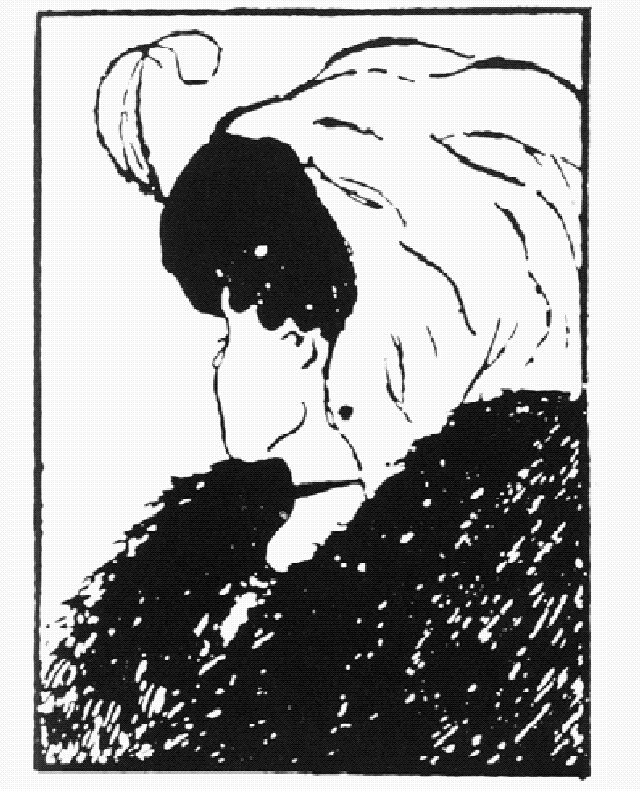Charity- Giving To Charity
IF THE TEAM WORKS, THE DREAM WORKS/ SMARTIES
IN AID OF THE BRITISH HEART FOUNDAION
I do not very ofetn give money to charity however, when I do I feel good within myself!
Today's lecture was aimed to demonstrate an understanding of key characteristics of buyer behaviour in consumer market and demonstrate an appreciation of the differences between high and low, consumer involvement. In addition, this report aims to use these foundations to hold an effective charity, fundraising event having analysed two focus groups.
During the primary research, two focus groups were carried out. They were aimed at students and adults thirty and over. In order to gather effective, reliable information, it was important to select people from different ethnicity, backgrounds, occupations and that were within the age limit. The focus group concluded of five males and five females that met the requirements and enabled a difference in trends of charitable giving, for both of these genders. When running a focus group, a number of things should be taken into consideration, such as the setting. The layout and arrangement of the chairs were carefully sorted, to ensure that the participants would feel comfortable allowing them to give honest responses. In the first focus group, there were ten students. Their chairs were placed in a circle with one of the group member’s chair, also facing the participants. The reason for this was to ensure that each participant had an equal opportunity to discuss their views, as well as the person beside them. The participants faced each other which effectively increased the level of involvement and freedom to speak. Two of the group members then asked questions that had been written prior the meeting and made note of the responses (see appendices). This same routine was used for the adults that were observed. Although, generally the task was successfully carried out, there are a few points that depict faults with the way in which the participants were treated. To relate the students as one of the target audience, informal/ colloquial language could have been adopted, to warrant more honest answers. In addition, there were some questions that may have been biased and therefore, not suited for both age groups. In this case the question asked was: “What charity do you usually donate to?” This question relates more to the over thirties as they are more likely to have a specific or regular charity, that they donate to. The disadvantage of only two group members being present also reduces the chances of an attentive survey research. Had there of been another group member present, it would have increased the chances of a more in depth, one to one analysis. To add, certain key points may have been expressed but due to the group being down by one member, these points would have been missed.
Researches showed that women aged thirty and over are more likely to give to charity or have an affinity for a particular charity. It is evident that in advertising, marketers use the soft nature of women, to their advantage when promoting a product or service. Women who are more emotional and tend to show more emotion than men, are likely to respond to adverts to do with child welfare and things that address the five senses. When promoting a product or service, it is important to know your target audience. The group chose the ‘British Heart Foundation’ because of the commitment one of the group members felt, towards this charity. Although, this charity may not be the best to use, when targeting an audience, it can however, be seen as advantage. Rather than holding an event to raise money, there is also the idea of holding an event to raise awareness of a charity and the work that they do.
























